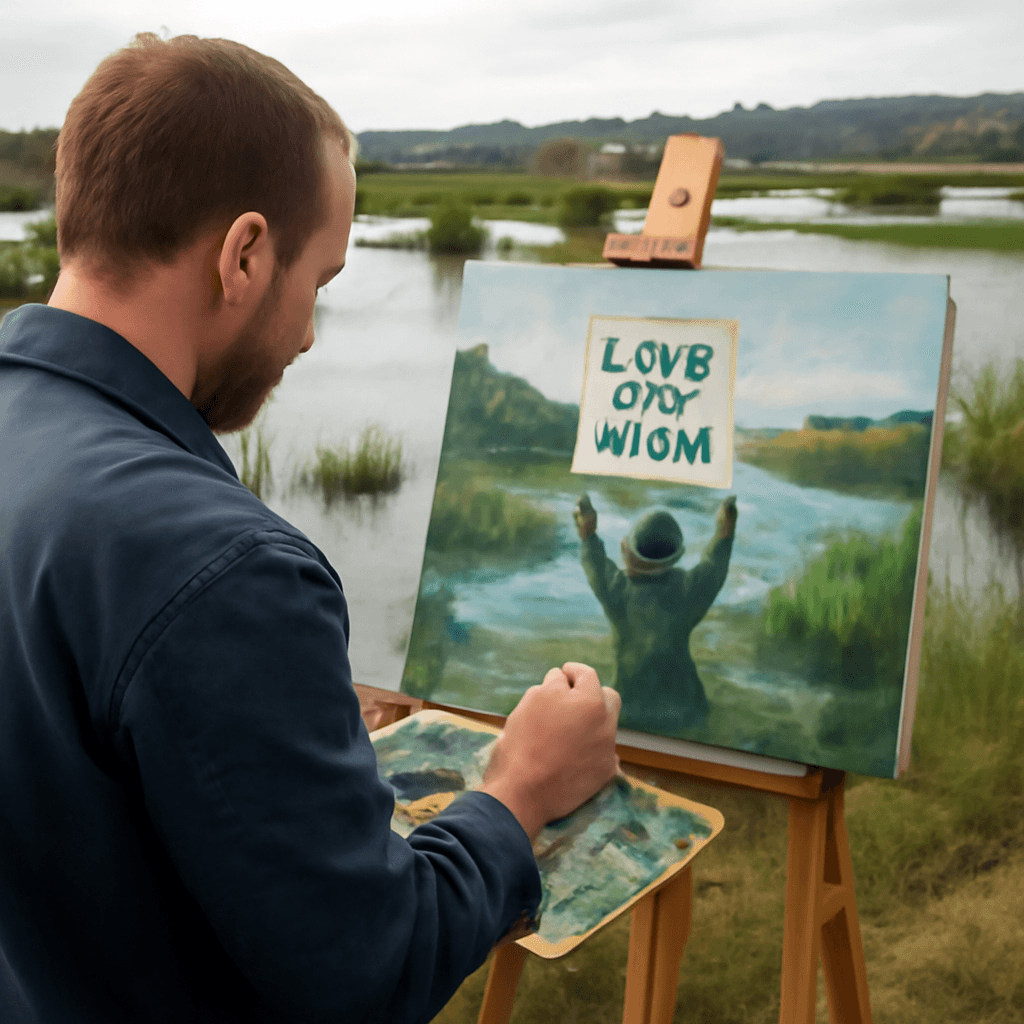Rethinking Fashion: Can Degrowth and Style Coexist?
Every year, the fashion industry churns out a staggering 100 billion garments globally, while approximately 92 million tonnes of textile waste fill landfills worldwide. Such numbers inevitably raise the question: should fashion embrace degrowth—a deliberate downsizing of production and consumption to foster equity and sustainability? But how realistic is it for the fashion world, intrinsically tied to growth and consumerism, to shift towards degrowth principles?
Degrowth emphasizes values like sufficiency, cooperation, and care, standing in stark contrast to the fashion industry’s often relentless focus on maximizing production and profit. With immense resource extraction and waste generation embedded in the fashion cycle, the sector faces formidable challenges in reducing its environmental footprint while promoting fair value creation. Though campaigns urging consumers to shop thoughtfully and curb waste exist, structural change requires the commitment of designers, manufacturers, and brands alike to fundamentally reinvent how we perceive and manage fashion waste.
Upcycling: A Creative Reclamation of Waste
Among the innovative strategies redefining fashion’s environmental impact, upcycling stands out. Unlike traditional recycling—which breaks down textiles mechanically or chemically into raw materials (yet less than 1% of fashion waste is actually recycled into new clothes)—upcycling takes discarded garments and breathes new life into them by creatively transforming waste into products of higher value.
This practice not only reclaims waste but also instills a deeper appreciation for the lifespan of clothing, forging connections with the artisans, materials, and ecosystems involved. For example, converting scraps into vibrant new fabrics or patchwork designs shifts the narrative from disposable fashion to mindful creation. Upcycling aligns closely with degrowth by focusing on resourcefulness rather than relentless output, encouraging us to question the notion of constant consumption.
Building Relationships: Waste, Technology, Nature, and Communities
What sets successful upcycling initiatives apart is their holistic approach to value. Upcyclers often forge tight-knit networks connecting designers, manufacturers, and consumers while honoring local material heritage and drawing inspiration from natural cycles. These stories and relationships enrich the meaning of upcycled garments and cultivate ecological awareness vital for adopting degrowth values.
Technology also plays an enabling role—particularly low-tech platforms and waste libraries that create spaces where industry actors exchange textile waste and knowledge. Rather than fuel mass production, these systems foster collaboration and sustainability on a local scale.
Turning Waste into Worth: Real-World Impact
Upcycling goes beyond trends or profit margins; it empowers communities and sustains traditions. For instance, in regions like Erzurum, Mugla, and Kilis, designers have partnered with local women to transform discarded fabrics into handwoven garments, preserving artisanal skills while reducing textile waste. Meanwhile, in Istanbul, collaborations with cafés have repurposed food waste to produce natural textile dyes.
During times of crisis such as the Covid-19 pandemic, solidarity networks among hospitals, textile makers, and designers emerged, producing upcycled medical uniforms for frontline workers—demonstrating upcycling’s potential as a tool for social good. Additionally, manufacturers have repurposed waste as gifts for employees and community members, reinforcing bonds and encouraging shared responsibility.
Challenges and Opportunities Ahead
Despite its promise, upcycling remains a niche within circular fashion. Access to materials, knowledge gaps, limited public funding, and insufficient policy support pose significant hurdles. Initiatives aiming to enhance circular literacy and waste-sharing platforms are crucial to scaling impact—for example, collaborations with local governments have introduced campaigns raising awareness about revaluing textile waste.
Ultimately, when rooted in local communities and guided by narratives of care and sustainability, upcycling offers not just an alternative production method but a powerful catalyst for embedding degrowth principles into the fashion industry’s future.









